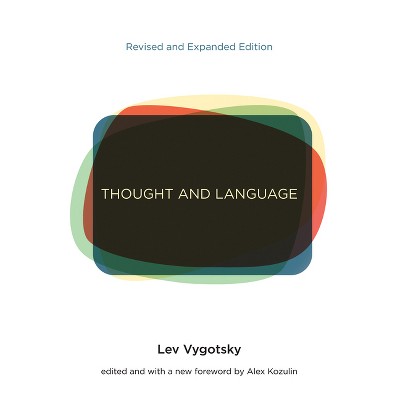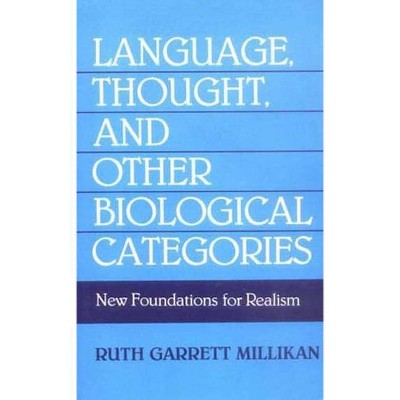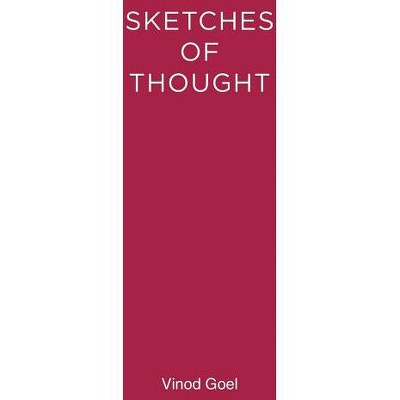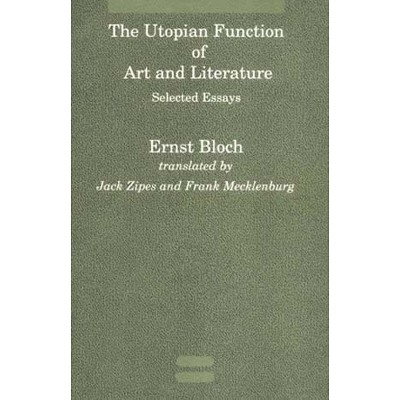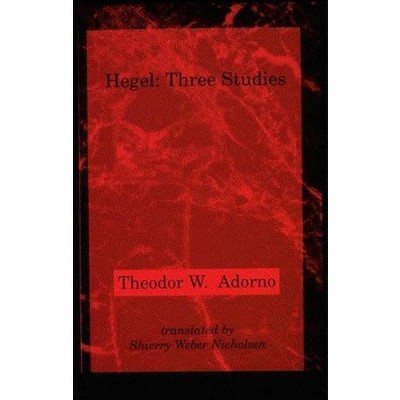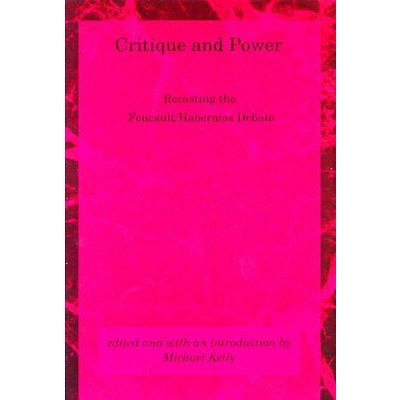About this item
Highlights
- A philosophical refashioning of the Language of Thought approach and the related computational theory of mind.The language of thought (LOT) approach to the nature of mind has been highly influential in cognitive science and the philosophy of mind; and yet, as Susan Schneider argues, its philosophical foundations are weak.
- About the Author: Susan Schneider is Associate Professor of Philosophy at the University of Connecticut.
- 272 Pages
- Psychology, Cognitive Psychology & Cognition
Description
About the Book
A philosophical refashioning of the Language of Thought approach and the related computational theory of mind.Book Synopsis
A philosophical refashioning of the Language of Thought approach and the related computational theory of mind.The language of thought (LOT) approach to the nature of mind has been highly influential in cognitive science and the philosophy of mind; and yet, as Susan Schneider argues, its philosophical foundations are weak. In this philosophical refashioning of LOT and the related computational theory of mind (CTM), Schneider offers a different framework than has been developed by LOT and CTM's main architect, Jerry Fodor: one that seeks integration with neuroscience, repudiates Fodor's pessimism about the capacity of cognitive science to explain cognition, embraces pragmatism, and advances a different approach to the nature of concepts, mental symbols, and modes of presentation.
According to the LOT approach, conceptual thought is determined by the manipulation of mental symbols according to algorithms. Schneider tackles three key problems that have plagued the LOT approach for decades: the computational nature of the central system (the system responsible for higher cognitive function); the nature of symbols; and Frege cases. To address these problems, ] Schneider develops a computational theory that is based on the Global Workspace approach; develops a theory of symbols, "the algorithmic view"; and brings her theory of symbols to bear on LOT's account of the causation of thought and behavior. In the course of solving these problems, Schneider shows that LOT must make peace with both computationalism and pragmatism; indeed, the new conception of symbols renders LOT a pragmatist theory. And LOT must turn its focus to cognitive and computational neuroscience for its naturalism to succeed.
Review Quotes
[Schneider's] book is good proof of the health of contemporary philosophy of mind....To get rid of old stigmas and to raise issues with certain positions is a necessary step. Schneider has provided this first step in her book, showing LOT as a viable response when she focuses it towards computational and cognitive neuroscience for its naturalism to succeed.--Metapsychology--
Schneider's book....is very much in the spirit (and even the style) of what Fodor has said at one point or another. [She] chides philosophers (I suspect she is looking hardest at Fodor and friends) for not following the state of the art in neuroscience and for building theories that fail to reflect findings there. She endorses the ''global workplace'' theory of central cognition developed by Baars and, later, Dehaene.
--Minds and Machines------
This book will undoubtedly set the agenda for future work on LOT....The quality of scholarship and writing is high throughout. Unusually for a philosophy monograph, it is also fun to read.
--MIND------
About the Author
Susan Schneider is Associate Professor of Philosophy at the University of Connecticut.






